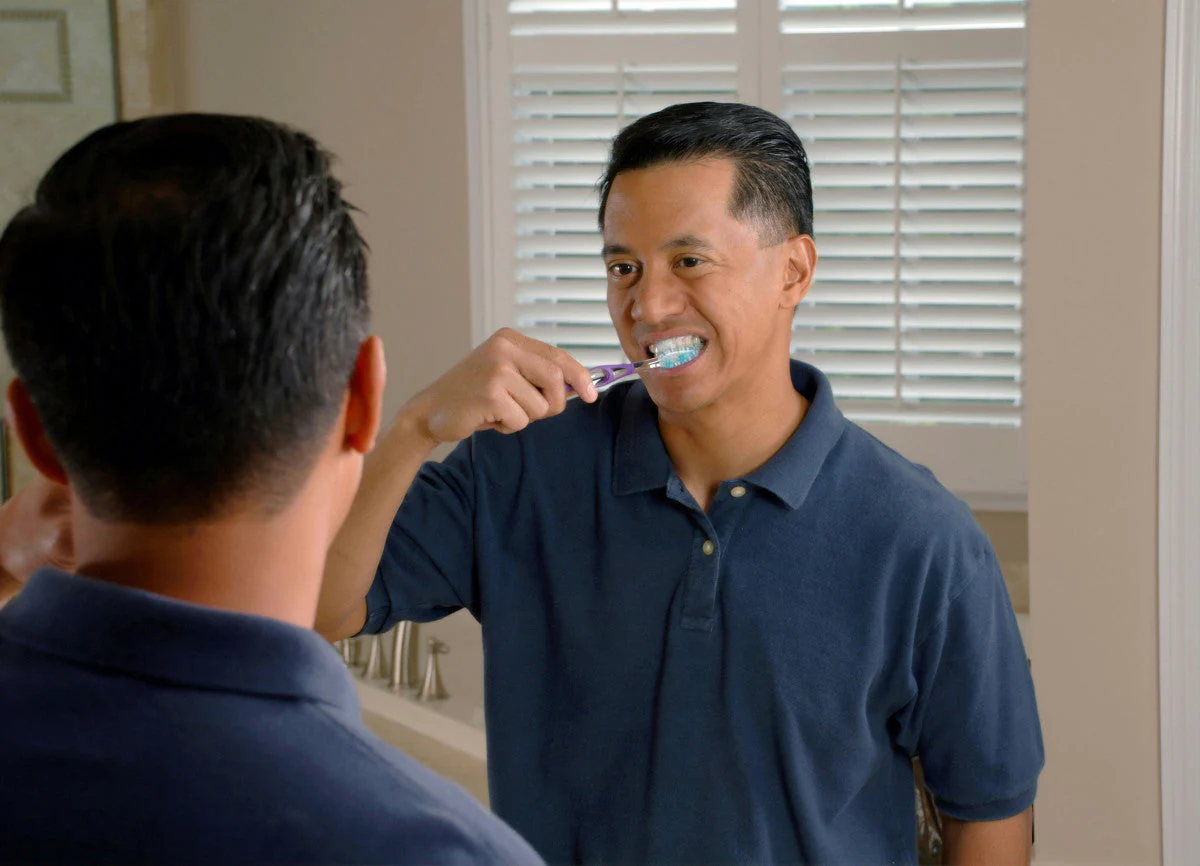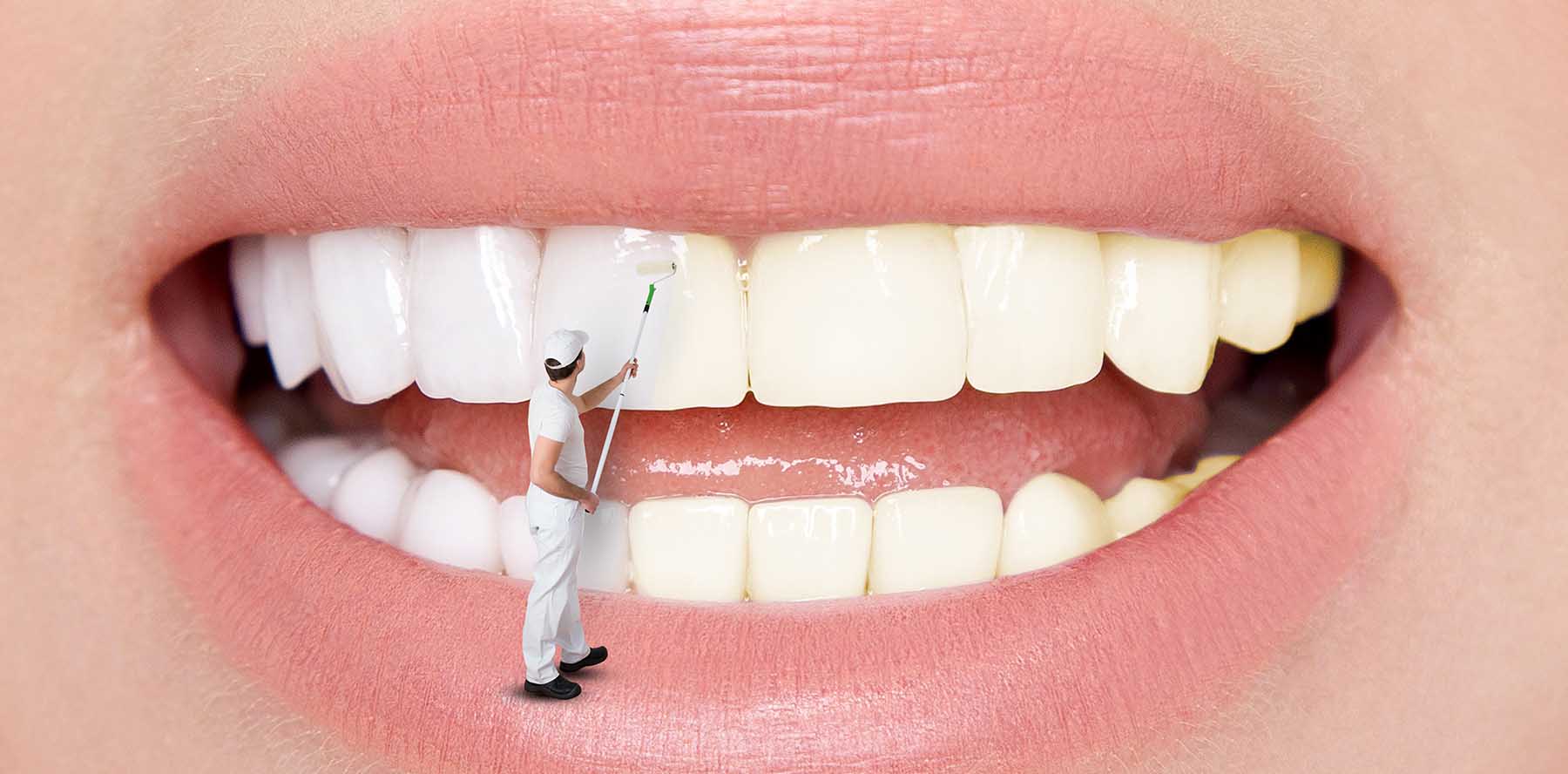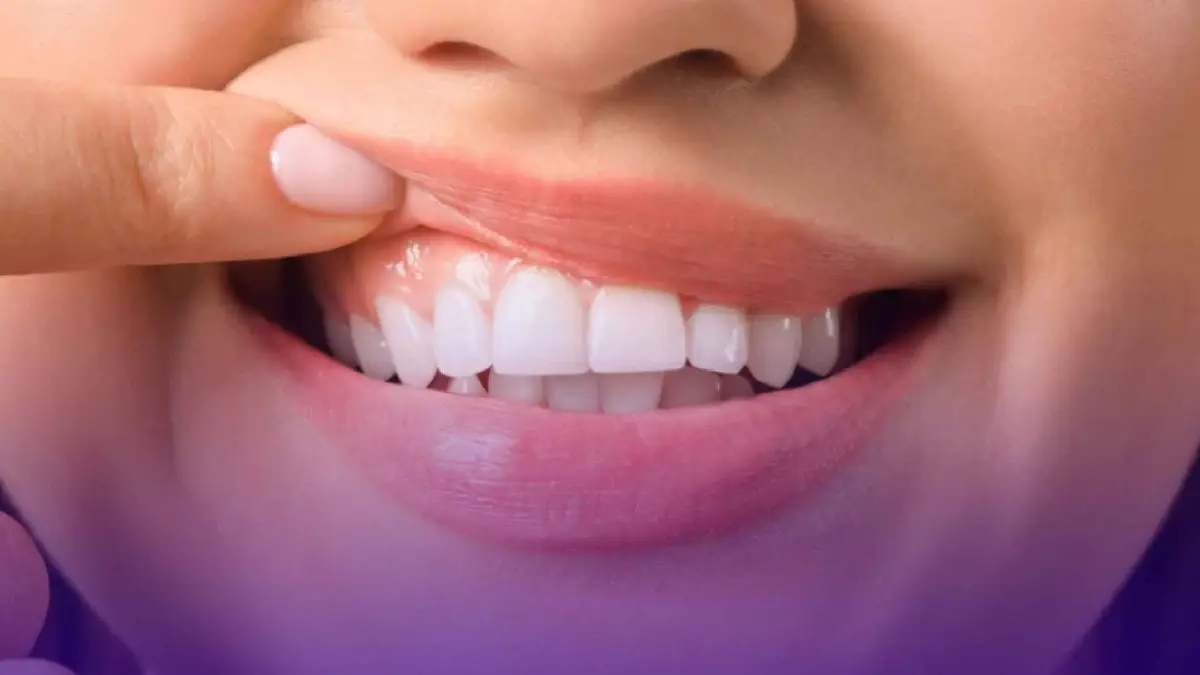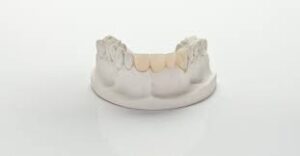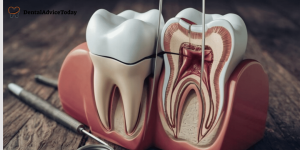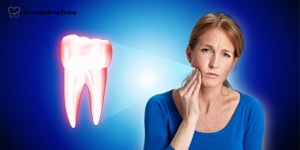If you have a question about ceramic teeth caps, you are probably looking for their alternative in terms of appearance and durability. A dental crown is designed to cover affected teeth. It aids in restoring the teeth’s general function and look. Ceramic crowns are renowned for their organic appearance among all the many types of crowns.
This article provides information on ceramic tooth caps, their compositions, benefits, and treatment methods.
What is a Ceramic Cap?
A ceramic cap is a type of dental crown made of porcelain or ceramic with no metal. In cases where the tooth has been damaged through decay, damage, root canal procedures, or fractured teeth, this crown offers an aesthetic option by replacing the natural tooth. Ceramic caps are arranged like natural tooth enamel and transmit light.
They are also more natural and aesthetically pleasing due to their metal-free composition. They do not induce allergic reactions in human health, are biologically compatible with the body. They also fit well on the gums, which prevents gum recession. These are used preferentially on front teeth and small molars, where aesthetics are important.
What are the Materials Used for Dental Crowns?
Zirconia and porcelain are essential materials used in the manufacturing of ceramic crowns. The following ceramic materials are commonly used for making dental crowns:
- Zirconia
- Emax crown
- Porcelain
- Aluminous Crown
- Metals crown
- Stainless crowns
- Alloys
- Gold
Common Types of Ceramic caps for teeth
Porcelain tooth cap
Porcelain is used as an aesthetic cap, used on the anterior teeth, and gives a completely translucent finish to resemble your natural teeth. They are free of metal and biocompatible, thus they will not be an issue for those who have metal allergy issues. Porcelain is also commonly used in the creation of veneers due to its capacity to shape and fix slight misalignments and other discoloration problems.
Porcelain does not stain, but can fracture, thus they are not advised to be used in the back teeth as they are prone to breaking. All porcelain caps are highly aesthetic and known for their best appearance. These caps are expensive than other types of tooth caps.
Emax tooth cap
Emax caps are widely used ceramic caps made up of lithium disilicate and indicated for people who have demands of great aesthetics. It has no metal base, hence it won’t look bad on the gum line if gums become visible when smiling. They are not highly demanded tooth enamel, and particularly a great option to preserve the structure of teeth.
Out of all the caps, this one is one of the most biocompatible and will thus have a very minimal possibility of developing any allergic reactions. They are also widely available, and they are used in highly aesthetic regions, such as veneers and crowns, being more translucent compared to caps made of zirconia. Possible disadvantages of such caps include a high price in relation to other materials.
Zirconia ceramic caps
Zirconia ceramic caps are a form of strong, natural-looking protective covering and restorative caps for teeth, which are manufactured using a type of biocompatible ceramic (zirconium dioxide). These are highly resistant to chipping and breaking, are known for their outstanding strength and durability, and therefore are usually best used in the back teeth or for people who grind their teeth.
Zirconia cap can even be made to appear more natural than usual models, although this varies with the caps being more opaque than porcelain, their hardness and ability to be introduced through a single block make them a long-lasting and popular way to improve dental health and
Comparing the Ceramic tooth cap to Other Types
There are several options available for dental crowns. Let’s compare ceramic caps with different alternative caps to help you decide the better option for you.
Ceramic vs Porcelain Fused to Metal (PFM)
In terms of appearance, however, ceramic caps are the best because they closely resemble real teeth and are not allergic to metals as well. Metal caps are stronger and more durable, and easily cope with severe chewing. They are cheap, durable, and should be used on the back teeth where appearance is not critical.
Ceramic vs Composite Resin
Ceramic caps are also highly durable, stain repellent, and look natural even after several years. Composite resin crowns are initially cheaper, and they can match your tooth, but they will eventually wear out easily and break more quickly.
Advantages of Ceramic tooth caps
- Anti-allergy: It eliminates the risk of metal allergies. This is extremely beneficial to patients who are allergic to metals. By choosing a ceramic tooth cap, you can minimize stress and make a pleasant visit to the dentist.
- Protective quality: Protective quality: It serves as a shield that protects your remaining teeth against food particles and bacterial decay. This lowers the chances of further tooth decay.
- Durability: Ceramic caps are very long-lasting. They cover cracked, stained, chipped, or decayed teeth. They are also used to stabilize a dental cover.
- Aesthetics: Among the most prominent characteristics of the ceramic caps is the fact that they look natural. They are an exact match to the colour of your other original teeth.
- Fitted cap: Ceramic caps are molded according to the shape of your own teeth.. This allows it to fit perfectly; the crown will not be too tight or loose. A properly fitting crown feels like a natural part of your mouth and improves functionality and comfort.
- Restorative Capability: Most patients are unaware of how much they overload the other teeth when chewing because of a damaged tooth. The placement of a ceramic crown means that one can eat comfortably without fear of sensitivity. You are even allowed to have crunchy foods like apples without problems
Disadvantages of Ceramic Tooth Caps
- Strength: Ceramic caps are not as strong as metal or porcelain-fused-to-metal crowns. They are usually placed on front teeth rather than molars.
- Price: Often more expensive owing to the technology and materials applied.
- Effect Opposing Teeth: In certain instances, they can induce gradual wear on the natural teeth that they bite on.
Steps for Ceramic Caps Treatment
Examination
Examination
The dentist initially examines your tooth thoroughly. They observe signs of deterioration and damage. Sometimes they take X-rays to view the roots and bone surrounding the tooth. This step helps the dentist determine whether it is the appropriate solution or not.
- Tooth Preparation
The dentist cleans out decay and shapes the tooth to allow the crown to be fitted easily. A strong foundation is essential to support a crown and ensure its durability. The dentist is very careful in preserving as many healthy teeth as possible. Once the necessary preparation is finished, your tooth will be ready for crown placement.
- Impression
The dentist makes a mold of your prepared tooth. They can use a mold for a digital scanner. This mold of your tooth is useful in manufacturing an exactly fitting crown in the dental lab. The dentist will match the shade of the ceramic crown to your natural teeth so it blends in seamlessly.
- Temporary Crown
While the dental lab starts manufacturing your permanent crown, this process takes time. The dentist places a temporary crown for a short time. This protects the tooth from damage and sensitivity, but since it is weaker than the final crown, sticky foods should be avoided.
- Final Position of Cap
You will need to return to the dentist once the permanent ceramic cap is ready for fitting. They put the cap on your tooth and test it. The dentist then corrects the crown to align with your bite. Lastly, they firmly fix it in its position. Your new ceramic tooth cap appears natural and supports your tooth to stay strong.
Caring for Your Ceramic Tooth Caps
Daily Care
Ceramic caps will last longer with good daily habits. Rinse your mouth with water after meals. Brush twice daily with a soft-bristle toothbrush and floss carefully to remove plaque around the crown. Good oral hygiene helps protect both the crown and the nearby teeth. This dental care protects your crown and the surrounding teeth.
Brushing
Clean your ceramic cap gently. Use a toothbrush with a soft bristle and toothpaste for sensitive teeth. Avoid brushing harshly, as it can wear down the gum tissue. Take care of your crown by brushing carefully.
Flossing
Flossing under a crown is as crucial as flossing normal teeth. Never move the floss up and down hard, because it may loosen the crown. Flossing also keeps the gums healthy and prevents the accumulation of plaque surrounding the crown.
Avoidance of hard Foods
Avoid chewing hard candy and nuts that may crack the crown. Even hard bread can be hazardous. By being careful with your chew, you can keep your crowns safe, useful, and looking natural for a longer time.
Nightguard
A nightguard is one of the most effective solutions to protect your crowns in case you grind your teeth during sleep. Consult your dentist about a custom-fitted guard that is more comfortable. Wearing it regularly helps prevent unnecessary stress, cracking, or wear on your crowns and natural teeth during sleep.
FAQs
How much does a ceramic cap cost?
A ceramic cap is dependent on the clinic, dentist, and location, as well as its expense. It can be moderate or high on average compared to metal caps. Ceramic caps are also more expensive, but they are natural-looking and have an integrated appearance.
What is the best ceramic tooth cap?
The most appropriate tooth cap varies with your requirements. Ceramic caps are often preferred over metal caps due to their natural appearance. The back teeth have stronger crowns, which are metal or porcelain fused to metal. Zirconia caps are popular due to their natural appearance.
Are ceramic caps good?
They are made to appear very natural because they are colored just like your teeth. They do not pose any risk to individuals with metal allergies. They are less durable than metal or zirconia caps, especially when subjected to heavy chewing forces.
Conclusion
Ceramic caps are the ideal solution to restore damaged teeth due to their natural, aesthetic, and biocompatible nature. They are ideally suited to the front teeth, where they need to look natural. They might be more expensive and long-lasting than metal-based materials, but they are very beneficial in terms of comfort, protective characteristics, and absence of allergens. Ceramic caps may last a long time with the proper care and maintenance, as well as restore oral health and give an individual a confident smile.


